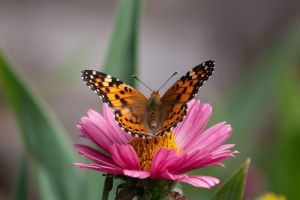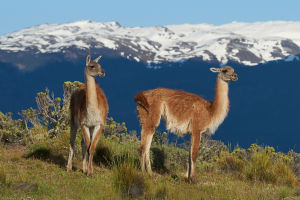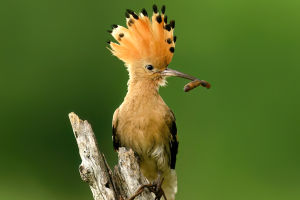Let’s take a journey into the life of the roe deer—a graceful, shy animal that roams through forests, grasslands, and snowy hills.
From its unique antlers to its seasonal migration patterns, every detail of this small deer species has something to tell us. Stick with us, Lykkers, as we dive into the world of this charming creature!
Body Size and Appearance
We find that roe deer are considered medium to small among deer species. Males are usually 128–144 cm long, while females range from 127–145 cm. Both stand around 82–94 cm tall at the shoulder. They have longer hind legs than front legs, giving them a slightly upward-sloping posture. Male roe deer typically weigh between 77–107 lbs (35–49 kg), and females between 70–103 lbs (32–47 kg). Interestingly, their size varies with geography—those in some parts of weigh more than their counterparts in .
Males grow antlers that slant slightly backward and upward. These antlers usually have three points and rough textures near the base. The full length ranges from 28–33 cm. Unlike other deer, roe deer lack brow tines, and their antlers fall off in late autumn or early winter and regrow slowly.
Seasonal Fur Color and Patterns
Their fur changes with the seasons. In winter, the coat becomes grayish or light brown with a white underbelly and dark ears. The legs turn a tea-brown color, and there's a noticeable white patch around the rear. Summer brings a brighter reddish-brown coat, with lighter tones on the underside. Fawns are born with creamy white spots that fade as they grow. These coat changes apply across genders and ages, helping them blend into the surroundings through the year.
Where They Live
Roe deer thrive in temperate zones. We often see them in mixed or deciduous forests, forest-steppe areas, and grassy plains—especially near forest clearings or recently burned zones where vegetation is regrowing. They are capable of surviving cold temperatures as low as -60°C and live in areas with snow up to 50 cm deep. Roe deer prefer elevation, often living around 3,300 meters above sea level. They’re most active in valleys and gentle slopes, especially at dawn and dusk.
How They Move and Travel
These deer migrate with the seasons. We learn that they travel up to 300 km each way during autumn and spring to escape harsh winter conditions. Migration often starts in September and October and takes about 40 days. In spring—usually March or April—they return to their summer habitats.
Social Life and Grouping
Roe deer usually live in small family units—mainly females and their young, about 3–5 members. Males join these groups in mid-summer. In colder months, they gather in larger mixed groups of up to 30, and sometimes even larger herds during migration. Their social system shifts with the seasons, balancing survival and reproduction needs.
How They Communicate
They have a wide range of communication tools—sounds, scents, touch, and visual cues. Males bark during mating season to claim their territory and scare off rivals. Fawns make soft calls to find their mothers. Chemical signals in feces, and gland secretions provide details about territory and personal identity, including age, and mating status.
Territory and Space Use
Male roe deer become highly territorial during mating season. They mark their range by scratching trees with antlers and rubbing scent glands. The average territory size is about 170 hectares. Males actively defend these spaces from other males. Interestingly, females tend to roam wider areas than males—about 219 hectares compared to 168—but this varies with food availability and environment.
What They Eat
Roe deer are plant lovers—eating mostly leaves, stems, berries, and mushrooms. They feed around seven times a day, alternating between eating and resting. In spring and summer, fresh herbs and grass make up most of their meals. In winter, they shift to tree branches, moss, and even lichen. We discovered that they can eat over 600 types of plants! Fawns start nibbling on plants just 5 days after birth but still rely on their mother's milk for up to 5 months.
How They Stay Safe
Being cautious is key for roe deer. They rely on their excellent senses and alertness to detect predators. If one spots danger, it will use sharp calls and visual signals to warn the group. Common predators include lynxes, wolves, and leopards. Occasionally, brown bears and snow leopards pose threats. Sadly, human hunting once brought them close to extinction in parts of Europe and Siberia.
Stay Curious, Lykkers!
We hope you’ve enjoyed this gentle stroll into the roe deer’s life. Their quiet ways and seasonal rhythms remind us of nature’s hidden beauty and resilience. So next time you're out in the woods or reading about wildlife, remember the roe deer—small, shy, and full of surprises.
What animal should we explore next? Let us know, Lykkers—we’re always excited to share more wild wonders with you!
Roe Deer: Following Their Secret Lives through the Seasons 🦌
Video by Robert E Fuller


